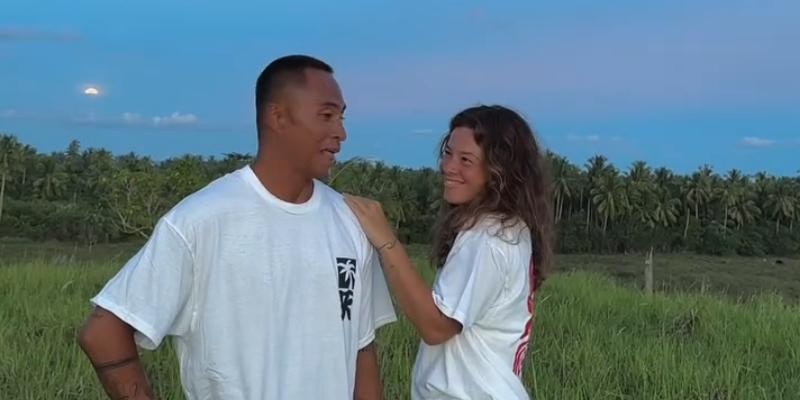
Upgrade to High-Speed Internet for only ₱1499/month!
Enjoy up to 100 Mbps fiber broadband, perfect for browsing, streaming, and gaming.
Visit Suniway.ph to learn
The island province of Siquijor has a long history tied to mysticism and healing, leading to some to believe that magic brews within the coastal trees.
Collage by Anj Andaya, photos from Siquijor Tourism and Department of Tourism Central Visayas Office
MANILA, Philippines — Siquijor is famous for its population of faith healers, a practice that traces back even before the Spaniards arrived on Philippines shores.
Earlier this year Philstar.com was invited by a phone brand to Siquijor to test out a new unit where local tour guide Johnry Ina-an shared how faith healers would go about making their "medicine," or what they would use in their healing process.
"In that time, wala kaming access sa mga modern healthcare facilities. Wala kaming boutique. Wala kaming pharmacy. Wala kaming hospital. Wala kaming mga doctors," Ina-an noted about the Spanish colonial era.
Instead, the mananambal — from the word "tambal," another term for medicine — would go to mountain or forests in search of medicinal plants.
The tour guide did point out the similarity of mananambal with manananggal, a vampiric creature whose upper half of the body can fly, by pointing out, "Pwede din manananggal, pero manananggal ng sakit."
Related: Debunking the manananggal myth: Siquijor, the island of faith healers
These days, the faith healers follow practices likely borrowed from the Spaniards by gathering herbals during Lenten season.
During the seven Fridays before Black Saturday, the healers would go to the mountain, sea, caves, and even churches or cemeteries to gather over 200 types of herbal.
Example of sea ingredients are from the pufferfish, while from churches are wax of melted candles. Ina-an quipped that healers would not pick up bones from graveyards, only plants that grow by and in them.
"Ang ginagawa nila, china-chop nila 'yan at hinahalo lahat. During Biyernes Santo, 'yung mga 200 types na herbals, sinusunog 'yan para magiging siyang puli," Ina-an explained. "Pagka-Black Saturday, ihahalo na lahat 'yung ingredients, tapos niluluto nila. Ang tawag nila 'yan is minasa."
As much as possible, the minasa should be able to sustain them for a whole year of healing.
RELATED: Pabasa, Visita Iglesia, Santo Entierro: The Rites of Holy Week

 2 months ago
69
2 months ago
69



